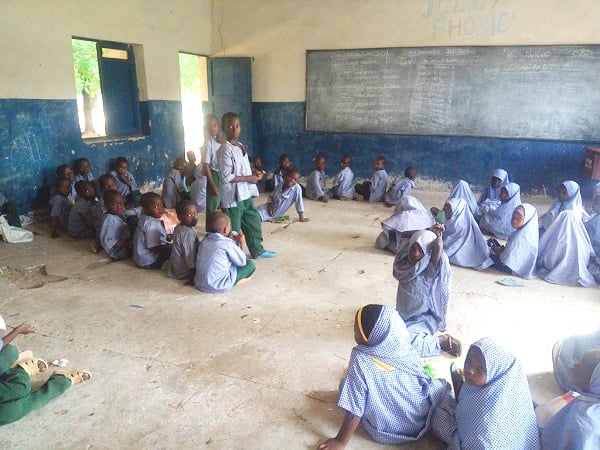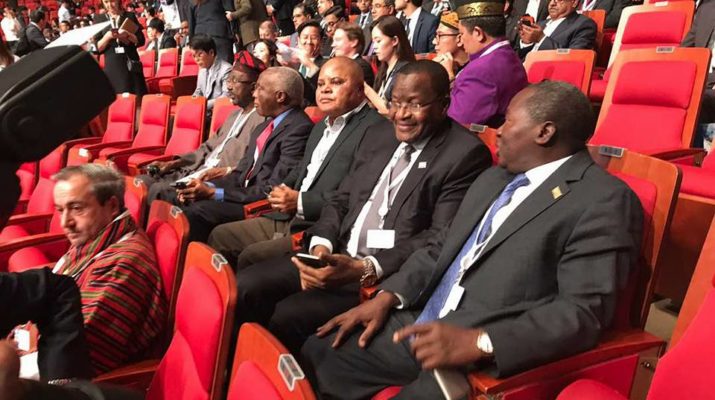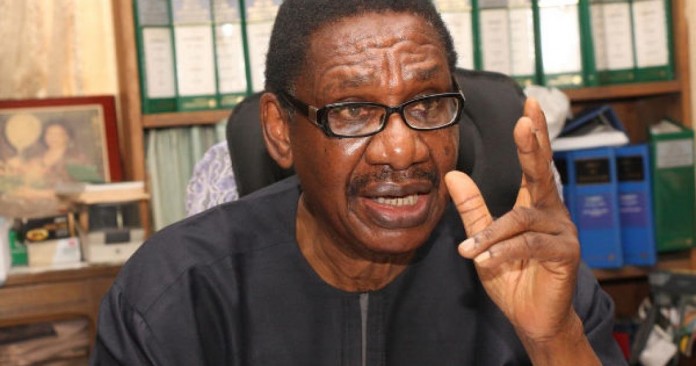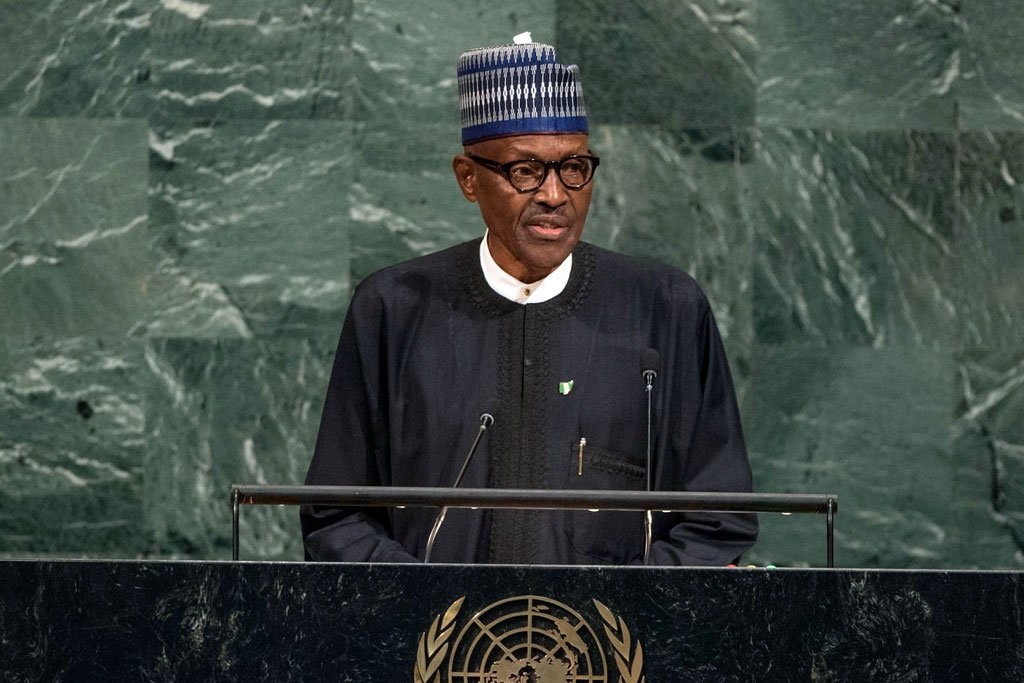“As long as poverty, injustice and gross inequality persist in our world, none of us can truly rest.” Nelson Mandela
Today, Nigeria is unfortunately a synonym for “inequality.” A country that boasts a Nobel Laureate in Literature yet has over ten million children out of school; a place that is home to Africa’s richest man and woman, as well as more than half (61%) of its citizens classified as poor (Nigerian Bureau of Statistics 2011 Household Survey). The vast web of Nigeria’s socioeconomic challenges are created—and perpetuated—by the following facets of Education Inequality:
International Inequality
The quality of education in Nigeria ensures the average child remains at a disadvantage, compared to their peers worldwide. Within the subcontinent, the West African Examinations Council (WAEC) International Excellence Award recognizes students’ performance at the WAEC examination. Between 2012 and 2015, Ghanaians emerged winners, and in the 2014 May/June WASSCE exam, the top three scholars were also Ghanaians.
Advertisement
As a Brookings Institute Report notes: “In countries such as Ethiopia, Nigeria and Zambia, over half of in-school students are not learning basic skills by the end of primary school.” Specifically, 58.3% of Nigerian children are in school, but are still functionally uneducated.
Regional Inequality
Inequality is demonstrated in varying degrees within Nigeria’s geographical divide, with the Northeast exhibiting the worst educational outcomes. Borno State’s governor has said terrorist sect Boko Haram “destroyed 5,335 classrooms in 503 primary schools and 38 high schools and two tertiary institutions.”
Advertisement
In Kano State, there are at least 150 pupils per trained teacher in the most disadvantaged 25% of schools; a pointer to the rural-urban dimension of educational inequality in Nigeria. In addition, access to educational infrastructure such as libraries and career counseling units are sparse in rural areas, a situation compounded by the fact that often, skilled teachers move to, and remain in urban/peri-urban areas at least, or at most migrate abroad, significantly impacting brain drain rates.
Income Inequality
Poverty and Inequality are each a cause and consequence of the other, in turn influencing education uptake and dropout rates. There is an established gulf in access to education between the richest and poorest families; the EFA Global Monitoring Report for Nigeria 2013-2014, notes that only 14% of poor youths are literate, compared with 92% of rich youths. In 2011, only 10% of 3-to-4-year olds from the poorest fifth of families attended some form of organized early childhood education programme, compared to about 84% of their richest peers.
Gender Inequality
Advertisement
Another dimension is the gender factor – in Nigeria, the girl-child’s chances of getting an education are lower, compared to boys. Even where girls enter schooling, they will often never graduate, forced out by a demand for cheap labour and harmful cultural practices, such as child marriage and domestic abuse. As far back as 2007, statistics from the UNICEF showed that “in northwest and northeast Nigeria, as few as 20% are literate and have attended school.”
The Nigerian constitution provides that “government shall direct its policy towards ensuring that there are equal and adequate educational opportunities at all levels.”
However, the State has failed its people, with respect to these education objectives.
In Nigeria:
Advertisement
- There is a need to declare a state of emergency in education and develop a plan of action that identifies and rectifies issues of resource mobilization, access to and quality of teaching. Doing so would reverse the current trend preserved by regional, gender and income Inequality.
- A multi-sectoral approach which includes the development of constitutionally backed partnerships between all stakeholders is crucial, to frame and drive the education agenda.
- The unacceptable distinction of having highest number of out-of-school children worldwide must be tackled. In 2016, Lagos State, received over 10,000 applications for transfer to public schools. Nonetheless, these students were turned back because “until all renovation and reconstruction is completed in schools in order to make the environment conducive for learning, the government would not be able to accommodate more students into any of its schools.”
While the objective to provide high quality education is admirable, shutting out students negates this notion, reinforcing inequality. Prompt planning for, and the actual efficient erection of infrastructure must be the hallmark of education strategies.
- Kano State, reports that 78% of 1,200 basic education teachers were found to have ‘limited’ knowledge of English when tested on their reading comprehension and ability to correct sentences written by a 10-year-old. Improved teaching methods must therefore make into account the standardization of curricula and subject components.
Nigeria’s ability to reverse the effects of inequality rest on a deliberate channeling of fiscal, social and human resources into targeted education policies that are transparent, people-oriented and open to audits. Change may start from individuals, but genuine national transformation can only occur via changes in the managers and products of our education system.
Advertisement
Fawehinmi is an author, speaker and Human Resources Development Professional. He tweets from @yomitheprof. This piece is part of the OXFAM “Even IT Up” Inequality Project.
Advertisement
Views expressed by contributors are strictly personal and not of TheCable.
Add a comment







